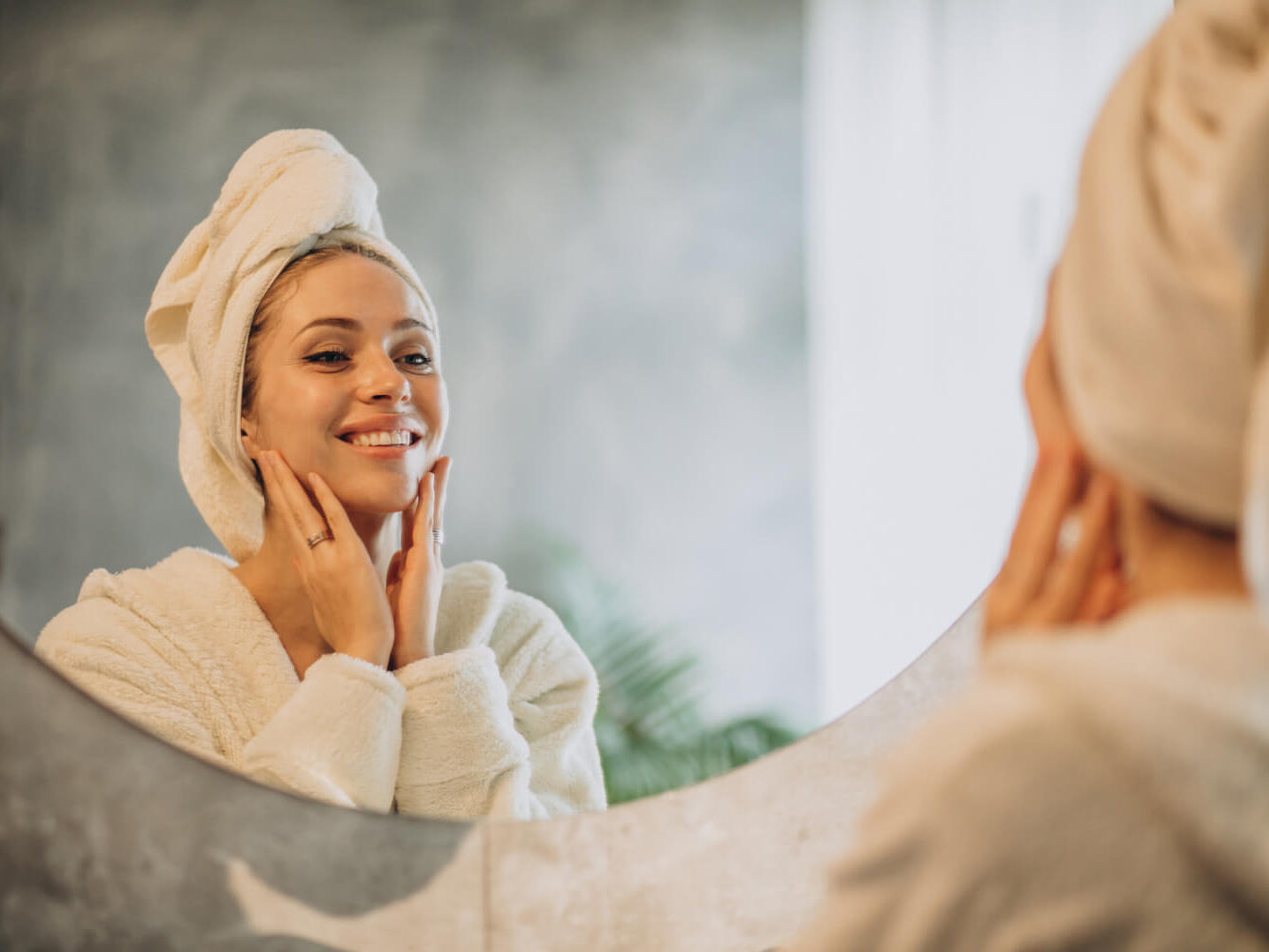Microbiome skincare is all the rage, but with clever marketing behind subpar products, the word “microbiome” risks becoming just another buzzword. In this post, we delve into the fascinating world of the skin microbiome and uncover eight lesser-known facts to help you navigate this complex topic with confidence.
Fact 1: Different areas of your skin have unique microbiomes
Your skin isn’t a uniform surface—it’s a diverse ecosystem. For example, the forehead, with its higher oil production, often harbours more Cutibacterium acnes. In contrast, drier areas like the forearms support a different set of microbes, such as Staphylococcus species. This diversity is why personalised skincare is essential for achieving overall optimal skin health.
Fact 2: The skin microbiome can interact with the gut-brain axis
Did you know your skin microbiome is part of a larger network called the gut-brain-skin axis? Through immune signalling, the microbes on your skin can influence stress levels, which in turn affect conditions like eczema and acne. Skincare products that calm the microbiome could play a role in reducing these stress-related skin issues.
Fact 3: Skin microbiome diversity diminishes with age
As we grow older, our skin microbiota loses diversity, leading to slower healing, heightened sensitivity, and visible signs of ageing. Probiotic and prebiotic skincare can help support microbial diversity, addressing sensitivity and slowing the skin’s ageing process.
Fact 4: Westernised lifestyles show a loss of microbiome diversity
Overuse of sanitisers, antibiotics, and harsh cleansers in Westernised lifestyles has caused a reduction in skin microbiome diversity. This contrasts sharply with Indigenous communities, where the microbiome remains more balanced. Reduced diversity can make skin more prone to inflammatory conditions like eczema and psoriasis.
Fact 5: Remember this equation: Probiotics + Prebiotics = Best Results
While probiotics (live beneficial bacteria) are widely celebrated, they can’t thrive without prebiotics—the food these bacteria feed on. For maximum impact, opt for skincare products that combine both probiotics and prebiotics to nourish and balance your skin’s microbiome.
Fact 6: Pollution is a major threat to the microbiome
Environmental pollutants can disrupt the natural microbial balance of your skin, leading to premature ageing and sensitivity. Skincare products designed to protect the microbiome from pollution are essential in today’s increasingly urbanised world.
Fact 7: Microbiome health affects skin pH
A balanced microbiome plays a crucial role in maintaining the skin’s optimal pH level (around 4.5–5.5). When disrupted by harsh cleansers or over-exfoliation, the microbiome—and by extension, the skin’s pH—can become imbalanced, resulting in irritation and redness.
Fact 8: Microbiome-safe doesn’t always mean natural
Surprisingly, some synthetic ingredients are less disruptive to the microbiome than certain natural ones. For instance, while essential oils are often praised for their natural properties, their antimicrobial effects can sometimes disrupt beneficial bacteria.
As the science of the skin microbiome continues to expand, so does the importance of cutting through the noise. While marketing claims can be misleading, understanding the facts can help you make informed decisions for your skin. Refer back to these insights whenever you’re shopping for microbiome-focused products to ensure you’re getting the best for your skin.





